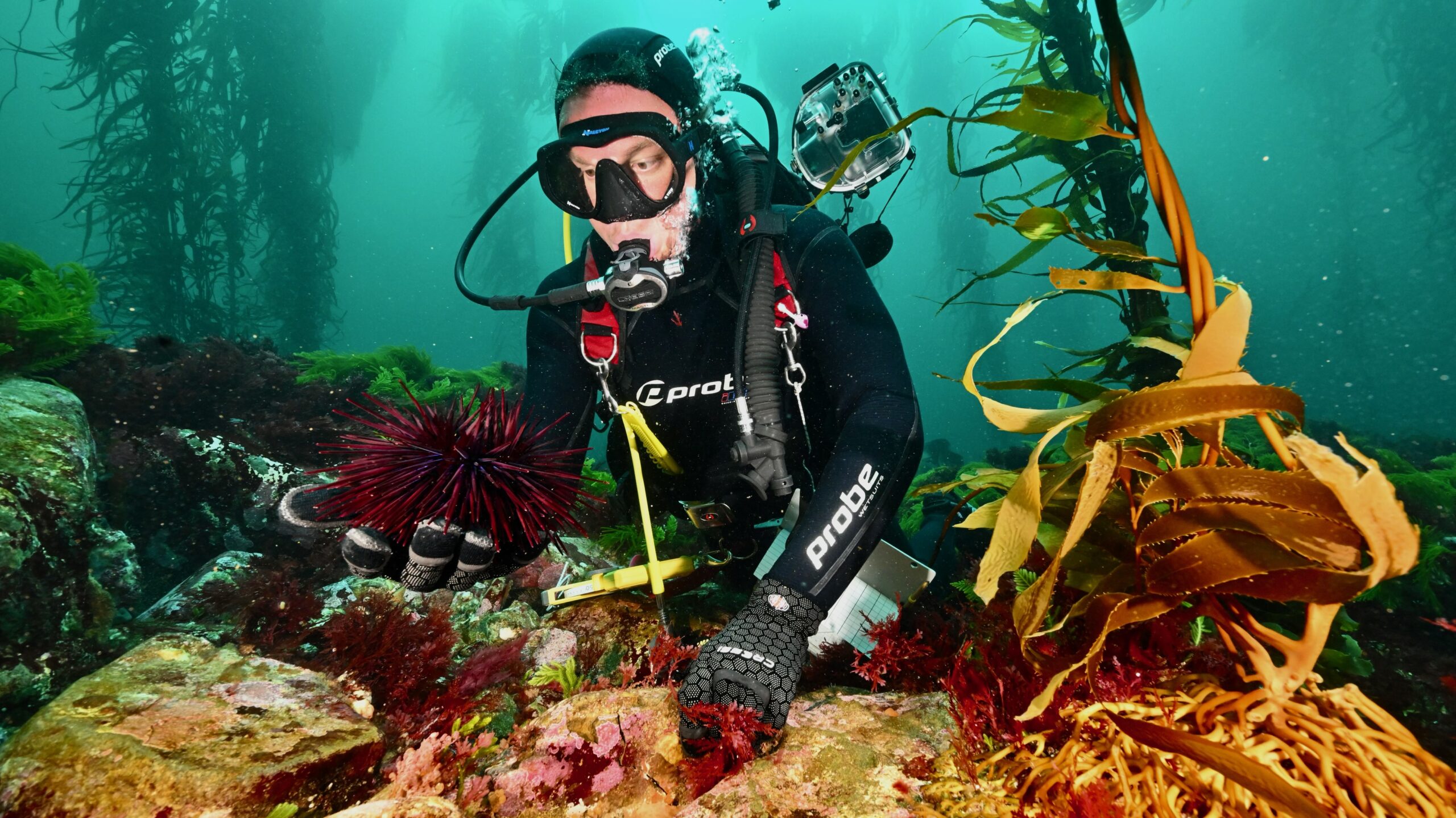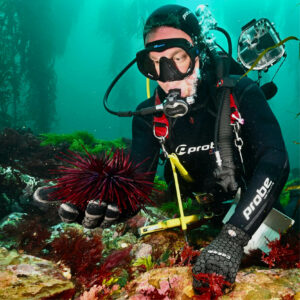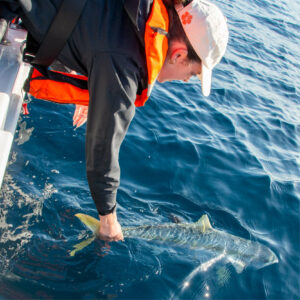National Science Week is Australia’s annual celebration of science and technology.
We love an opportunity to acknowledge the contributions of scientists, and this year we chatted to two who use IMOS data in their research and learn about what drew them into the world of science.
Hunter Forbes
Who are you and how do you use IMOS data in your research?
I’m a marine ecologist working at IMAS as a technical officer for the Great Southern Reef Research Partnership. A huge part of my role is doing dive surveys of reef communities, to contribute new data to the IMOS National Reef Monitoring Network and our incredible long-term monitoring datasets. For my work helping to better understand temperate reefs and how they’re changing, this data has been invaluable for researching everything from marine parks to kelp forests and range-extending nudibranchs.
What drew you into the world of science?
I’ve loved nature my whole life and have always wanted to help people better understand, protect, and appreciate it. I got a taste of Tassie waters and temperate marine science when I was in high school, and have been hooked ever since.
What’s the best part about being a scientist?
I’m always amazed and excited by how much science there is still to do! We’ve got so many questions, and it’s hugely rewarding to think that my science could even help contribute to overcoming some of the challenges we face. Working with so many unknowns definitely has its challenges, but can be so rewarding!
Belinda Goddard
Who are you and how do you use IMOS data in your research?
I’m a PhD candidate from Macquarie University, working on Project Kingfish, a collaborative research project between scientists and the recreational fishing community.
I am using IMOS data within my research to better understand the drivers of movement and habitat use of yellowtail kingfish (Seriola lalandi), a recreationally and commercially important fisheries species around Australia and globally. IMOS oceanographic data is assisting me to understand what may be driving sexually mature kingfish movements, and where spawning sized individuals may be aggregating for reproduction.
What drew you into the world of science?
I was drawn into the world of science through a childhood growing up on and around the water. I grew up fishing and snorkelling with my family, and was always curious about marine species and the drivers of their behaviour.
What’s the best part about being a scientist?
The best part about being a scientist is the collaborations between passionate people. Being able to meet people from all different backgrounds, whether they are a researcher, manager, or a recreational fisher, and being afforded insights into their knowledge, observations and passions about species and the natural world. I feel very privileged be afforded the opportunity to access data from a multitude of medians, whether that is from long-term recreational game fish tagging programs, the satellite tags I am deploying on kingfish, the IMOS data or information from stakeholders own experiences. Analysing this data and communicating it back to the broader community, whether that is the recreational fishing community or the general public, and seeing their positive response to the work we are doing, really helps drive my passion.


